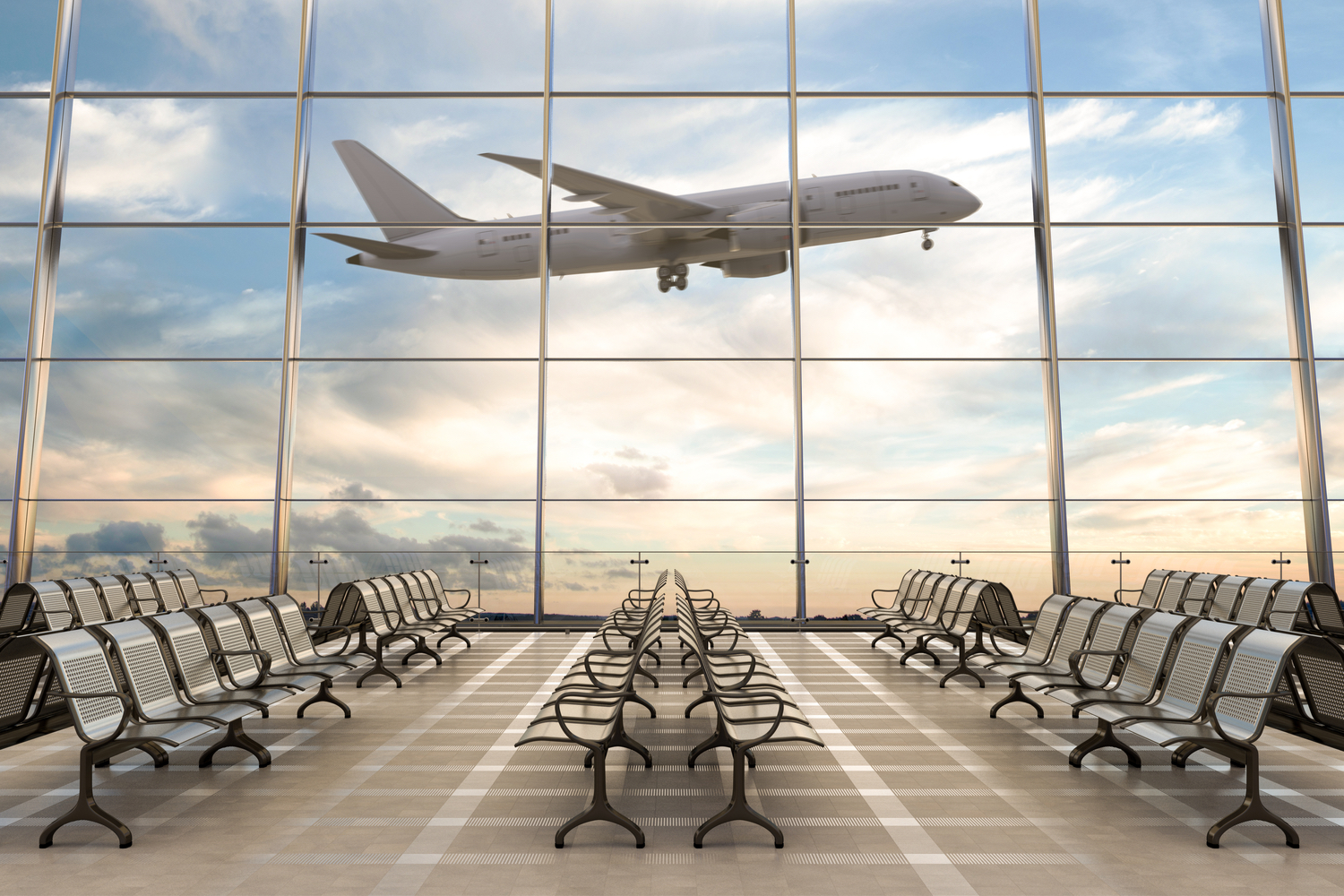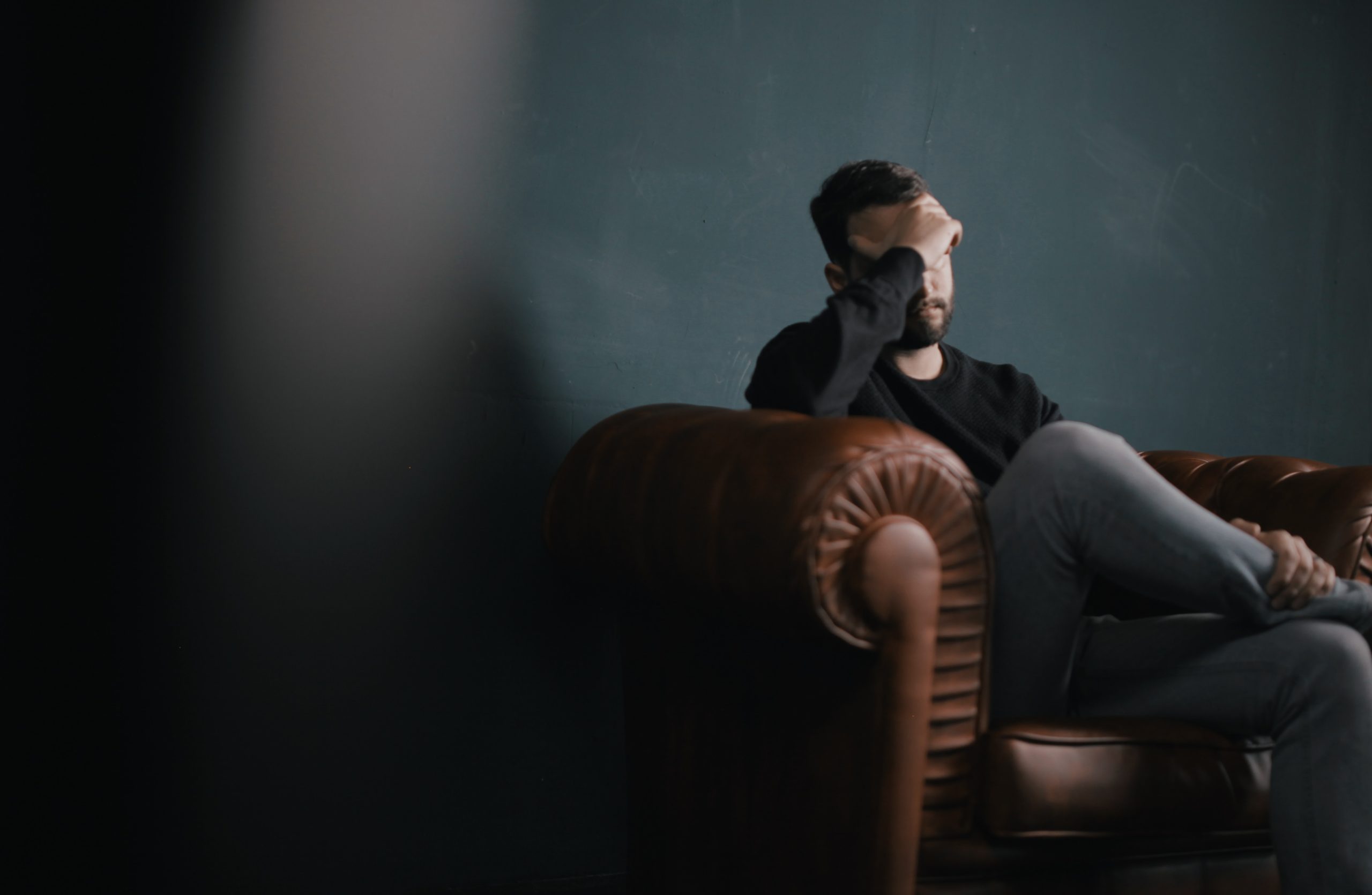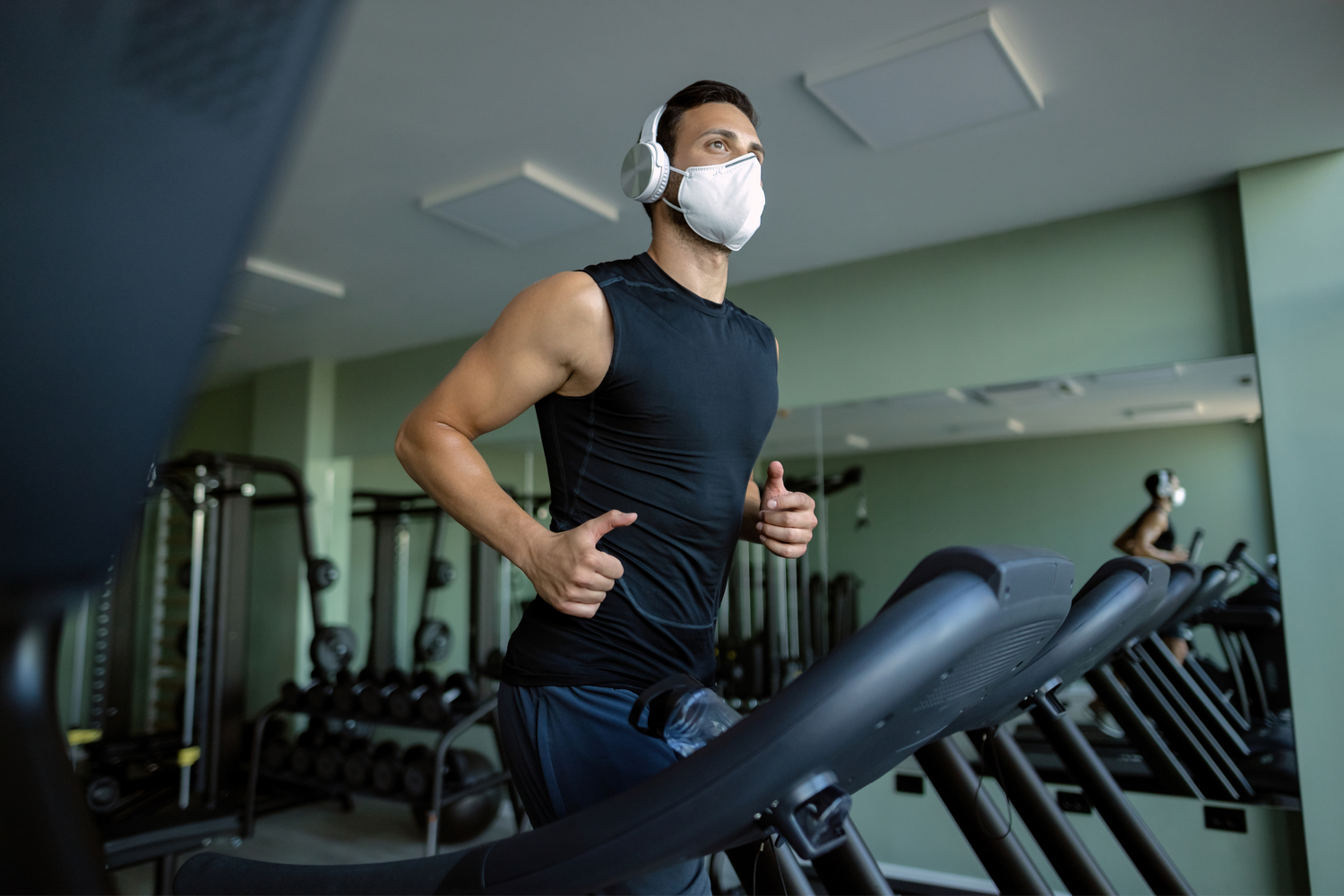The air travel industry has always been a turbulent one, but the past year was particularly rough. After a year of lockdowns, restrictions are finally lifting, and fliers are flooding airports for their much-needed vacations.
But before you book your next flight there are some new rules and changes you need to know about. Here’s the latest on travel.
Unexpected cancellations

A year ago, airlines were struggling to stay afloat — now they are having trouble meeting demand.
Major airlines have been cutting flights due to staffing shortages and maintenance issues. It’s not uncommon to get a text from your airline 24 hours before departing announcing that your flight has been canceled. That means you should be ready for any last-minute changes with a solid plan B.
So, what do you do if your flight gets canceled?
With wait times of up to four hours, getting a hold of a customer service rep might be tough. Here’s a pro tip: If you’ve got unused credit card points, book through your credit card instead.
It’ll be easier to reschedule with a travel rep through your credit card provider than via an impacted airline or travel website. After a cancellation, I got someone from my credit card company on the phone within 15 minutes — my friend who was attempting the same interaction via an airline wasn’t so lucky.
Either way, expect travel plans to get a little messy.
Masks on a plane
While mask mandates have been lifted most places, airports and planes remain the exception.
If you set foot in an airport, you’ll undoubtedly hear a pre-recorded reminder about “federally mandated mask requirements” every few minutes.
While masks add another layer of discomfort to your already stuffy cross-country flight, it just comes with the territory as we find our way back to normal.
But, more leg room, right?
Out of necessity, most airlines have ditched the “every other” seat rule that was in place at the height of the pandemic. That means if you’re stuck in coach, you’ll be just as crammed as before. But, if you’re looking for a flight hack, we’ve got you covered.
You might be able to get a better seat for free if you ask your gate attendant about switching to the emergency exit row. These seats often go unsold and they offer twice as much room as their counterparts.
For everyone else, the future looks roomier.
United Airlines recently made a historic order of 270 new Airbus and Boeing planes to the tune of an estimated $30 billion. (It’s the largest airplane purchase in over a decade).
Their goal? More jobs, more flights, more seats.
But they’re not just expanding their fleet, they’re also upgrading it.
They’ll be outfitting their new birds with 75% more premium seating, more leg room, full entertainment in every seat, high-definition screens, power outlets, and faster Wi-Fi to attract more frequent fliers.
Quite frankly, you had us at more leg room.
Cleaner skies
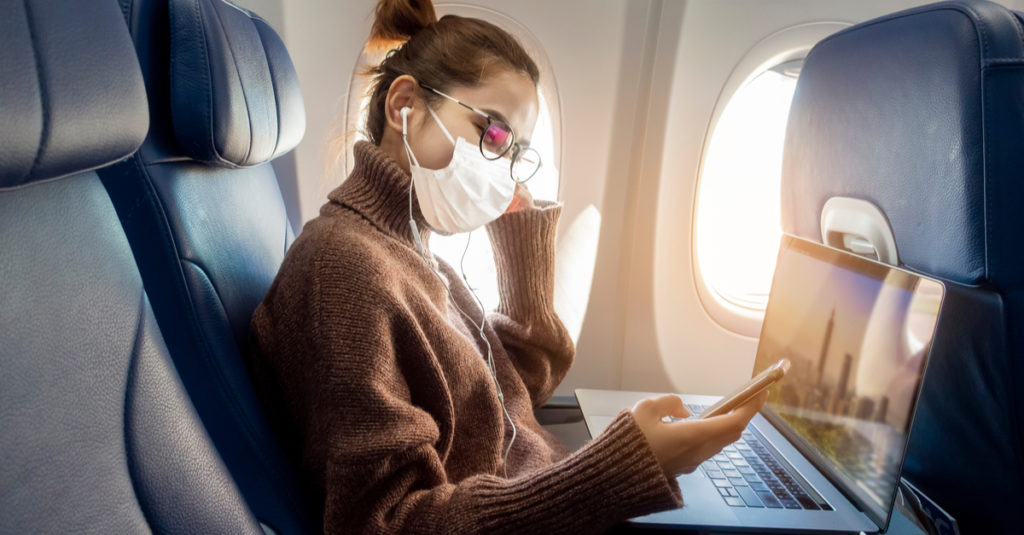
Visit any airline’s website and you’ll find a bunch of jargon about their state-of-the-art filtration systems and new cleanliness protocols.
Makes sense considering being stuck in a giant, pressurized tube with a bunch of strangers isn’t the best way to avoid sharing germs.
Thankfully, it’s not just lip service. Before taking off, you’ll be handed personal disinfectant wipes. And as you make your way off the tarmac, you’ll notice the crew wiping down every seat and tray table before the next flight.
According to a flight attendant that we spoke to from a non-disclosed airline, this is a big step up from pre-COVID cleanliness protocols. For germaphobes and passengers worried about potential risks, these changes offer some extra peace of mind.
The flying delta… variant
Still, one of the biggest tests to travel’s full recovery is the new variant that’s emerging all over the world.
Scientists call it “the greatest threat in the U.S. to our attempt to eliminate COVID-19.” It’s more contagious than the gamma variant, it can even be passed through those who have been vaccinated.
Fortunately, it’s no deadlier than previous strains. But it has put some countries on high alert, and it’s created some hesitancy for unbridled borders.
Do I need to be vaccinated to travel?
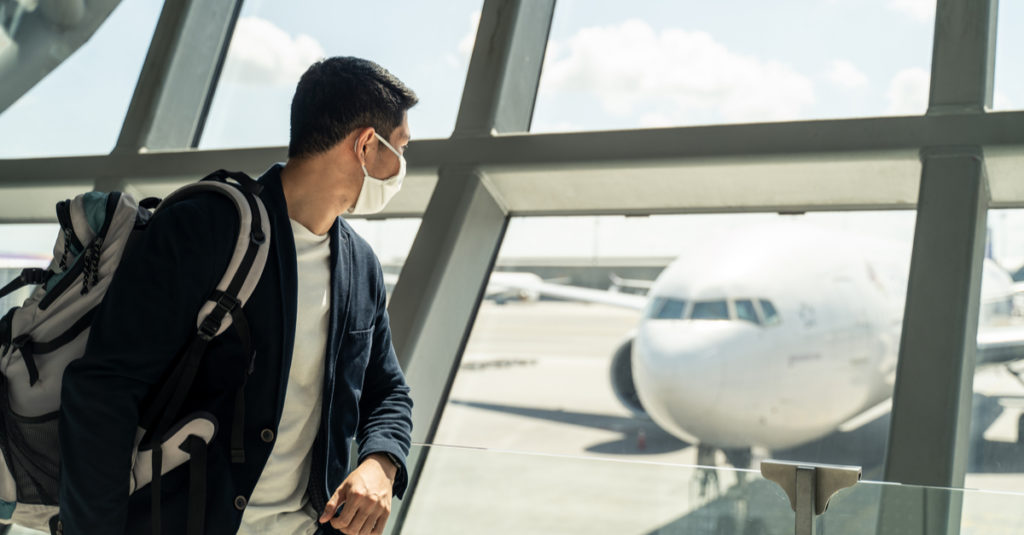
In case you’re wondering if you need to be vaccinated to fly, the answer is no.
For those, pining for a “Roman Holiday”, you’re in luck. All EU and U.K. countries are finally open to American travelers. But whether you’re vaccinated or not there’s still some red tape to cut through.
While European borders may be open, each country’s government makes its own regulations. So, depending on where you “Rome,” you might be required to quarantine or take a COVID test.
Flying home is a simpler story. All U.S. citizens, regardless of vaccination status, will need to provide a negative COVID test no more than 72 hours before their flight.
What about a local vacay? Probably to someone’s wedding? For domestic travel, here’s what you need to know:
Each state or U.S. territory has its own rules and recommendations. That said, most of the U.S. commonwealth has lifted all travel restrictions with the exceptions of Hawaii, New Hampshire, Puerto Rico, Rhode Island, and Washington D.C.
Everyone who is sans-vaccine is recommended to self-quarantine for 7 days after you land. Again, it’s not required, but is meant to help reduce any unnecessary risk.
Flight plan
Since the landscape is constantly changing, a good rule of thumb is to check the specifics of each state before booking your travel.
Considering it’s only been a year since we felt the brunt of a worldwide lockdown, the fact that the travel industry is already bouncing back is a great sign. On the bright side, you are now free to move about the country (and even other countries). The downside is you might run into some extra roadblocks while you do.
